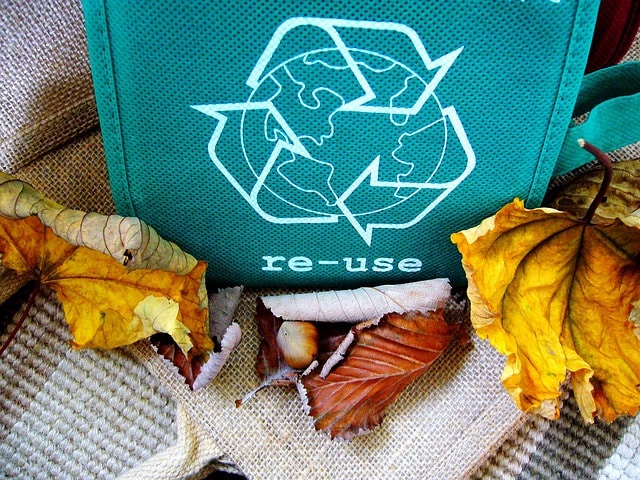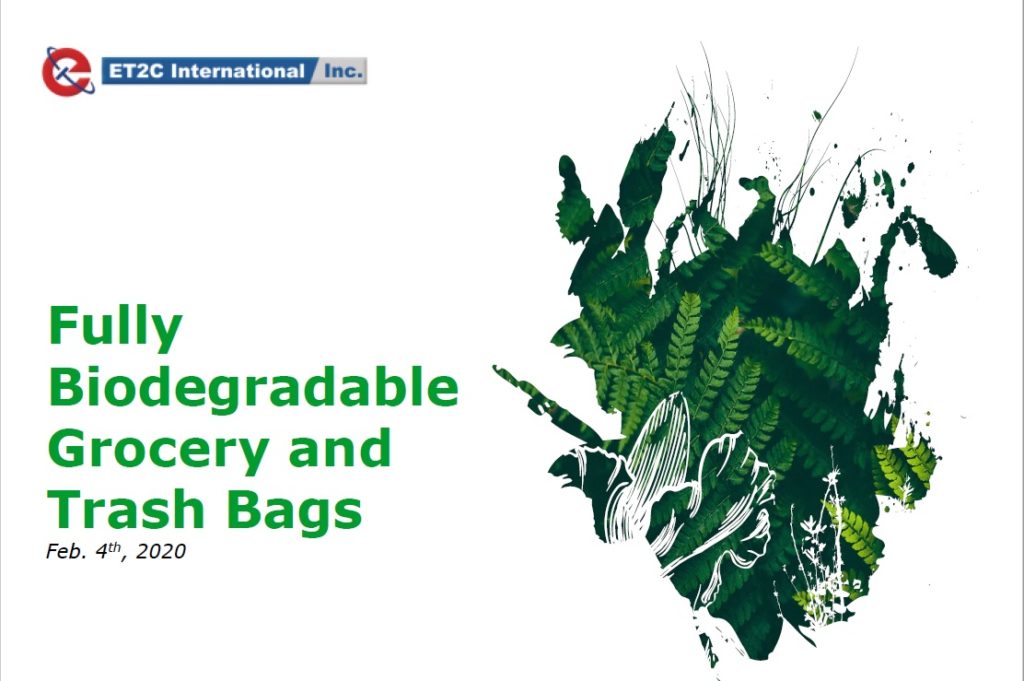An Evolution over the last decade.
There has been a growing movement towards sustainable packaging over the past 10 years. This has been spurred on by increasing awareness of the damage and impacts the output of consumerism is having on the planet. Plastic features highly across media outlets with images of sea life sharing their habitats with plastic bags, microplastics, etc. Governments have certainly played their part too, by banning plastic straws in certain markets for example.
Certainly, the focus on environmentally friendly packaging had a slow start over the first half of the decade. There was a lack of understanding around what it meant at a corporate level. Even though corporate sustainability goals existed, they were more centered around energy, water, transportation. We have since seen sustainable packaging become a more prominent component of retailers, brands and wholesalers corporate sustainability goals alongside an increased awareness on the end of the use of packaging.
The New Era of Sustainable Thinking
Around the period 2015 -2017, we saw the development of more and more recycling programs and new standardized labeling systems that set out and explain the recycling instructions to the consumer. Brands started to learn what the impact was on their value proposition. For example, many organisations, both in the private and public sectors, created plastic ban programs to reduce the waste of plastics and other materials that were having a detrimental impact on the environment.
In the past couple of years, this interest (particularly at a consumer level) in sustainability has surged. The concept of the Circular Economy has gained significant momentum and this has focused considerable attention also on sustainable packaging. With a more engaged consumer, it has resulted in a tipping point for many retailers and brands to remain relevant. A huge variety of innovative packaging solutions has been designed to reduce the environmental impact and meet customer demand for sustainable and eco-friendly options.
Sustainable Packaging Trends in 2020
Although everyone today talks about sustainability, finding sustainable solutions and providing them to clients is still challenging for many companies. However, ‘necessity is the mother of invention’ and many have searched for innovative solutions that could support the cause.
In this article we briefly listed the main sustainable packaging trends for 2020, highlighting both opportunities and challenges.
1. Design for recycling/reuse
Waste hierarchy is a tool for the evaluation of processes that protects the environment alongside resource and energy consumption from most favorable to least favorable actions. The hierarchy establishes preferred program priorities based on sustainability, using the common methodology when talking about sustainability. These are the ‘3Rs’ of Sustainability; Reuse – Reduce – Recycle.
Recycling
While waste management has become more and more important for governments and companies, growing attention has been paid to Recycling as well. As mentioned, sustainable packaging is still very challenging for most of the companies. In fact, in order to be recycled, post-consumer packaging has to fulfill a long list of requirements (e.g., separability, cleanliness, labeling, and coloration) – even to the point that different variation of plastics may need to be separated for a recycling plant to use the waste material effectively. It is not so obvious to many that manufacturers trying to fulfill those requirements may have to use more material and energy when they produce the packaging than they have done up until now. This will impact the price at a time when the consumer has an abundance of product choice.

Additionally, just because a packaging product is designed for recycling, this does not automatically mean that it will be recycled. Designing for recycling is certainly crucial to find sustainable solutions in the short term. However, cultural and educational components are involved and governments have to ensure that recyclability equals recycling. Both the education of the end-user and the availability of recycling systems is key.
Reusing
For the same reason, reuse is even more difficult to envision than recycling, given our current mindset. Manufacturers should therefore consider any additional impact on the material design changes. Also, they have to calculate the additional impact of transporting, washing, sanitizing (possibly even tracking) and refilling those reusable containers.
In conclusion, while companies have to re-think products and packaging, governments and organisations have to work on infrastructures and culture to make these changes truly effective.
2. Replace plastic with bioplastic
Another trend on the rise is the increased use of bioplastics to replace fossil-fuel-based plastics.
Bioplastics are plastic materials produced from renewable biomass sources (such as vegetable fats and oils, corn starch, straw, woodchips, sawdust, recycled food waste, etc.) and their demand has largely increased in the last decade.
The most common types are:
• Starch-based plastics
Thermoplastic starch currently represents the most widely used bioplastic, constituting about 50% of the bioplastics market;
• Cellulose-based plastics
Mainly cellulose esters, (including cellulose acetate and nitrocellulose) and their derivatives, including celluloid;
• Protein-based plastics
Bioplastics that derive from proteins from different sources.
Of course, benefits in using bio-based plastics are obvious. However, to make a realistic estimation of their true benefits, it’s essential to investigate many factors, such as the origin of the components used and the resources needed to cultivate and collect them.
3. The return of paper
Paper is even more frequently suggested as a substitute for plastic packaging than bioplastics (for example, paper cups and bags). However, paper packaging generally requires several times more mass to fulfill the same function as its plastic counterpart.
In fact, paper as an alternative – as with so many ‘environmentally-friendly’ industries – also has an environmental impact. You need approximately 17 trees to produce one ton of paper so replacing plastic with paper could likely create a severe supply problem. If we were to replace all plastics with paper, we must either cut down more forests or find areas for reforestation.
In addition, the paper industry is the third one that most fossil fuels need to. Moreover, it the first one in the industry sector with the greatest need of water and chemical additives to bleach the paper, additives which are highly polluting for the environment.

Major global accreditation systems
To check if the paper belongs to well managed environmentally logging, you can consider the major global accreditation systems:
ISO14001 – international environmental management system
FSC – Forest Stewardship Council – Promotes responsible stewardship of the world’s forest www.fsc.org
Chain of Custody – covers all wood processes from the forest to the consumer
PEFC – Program for the Endorsement of Forest Certification – recognizes sustainable forestry management practices www.pefc.org
EMAS – Eco-Management and Audit System – European Council regulation.
Sustainable Packaging Solutions
AT ET2C, we’re serious about sustainability and its benefit to our existence as well as the ultimate commercial benefits for purpose-driven companies. For this reason, we are investing in sustainability in 2020 continuing to look for options for our clients both on product and packaging. We have FSC certification already and are looking at other standards.
We have recently created a special offering based on alternative and sustainable packaging solutions, particularly for bags and food containers. If you want to know more, download our brochure here and contact us at contact@et2cint.com. We’ll be glad to support your sustainability objectives and their implementation.



